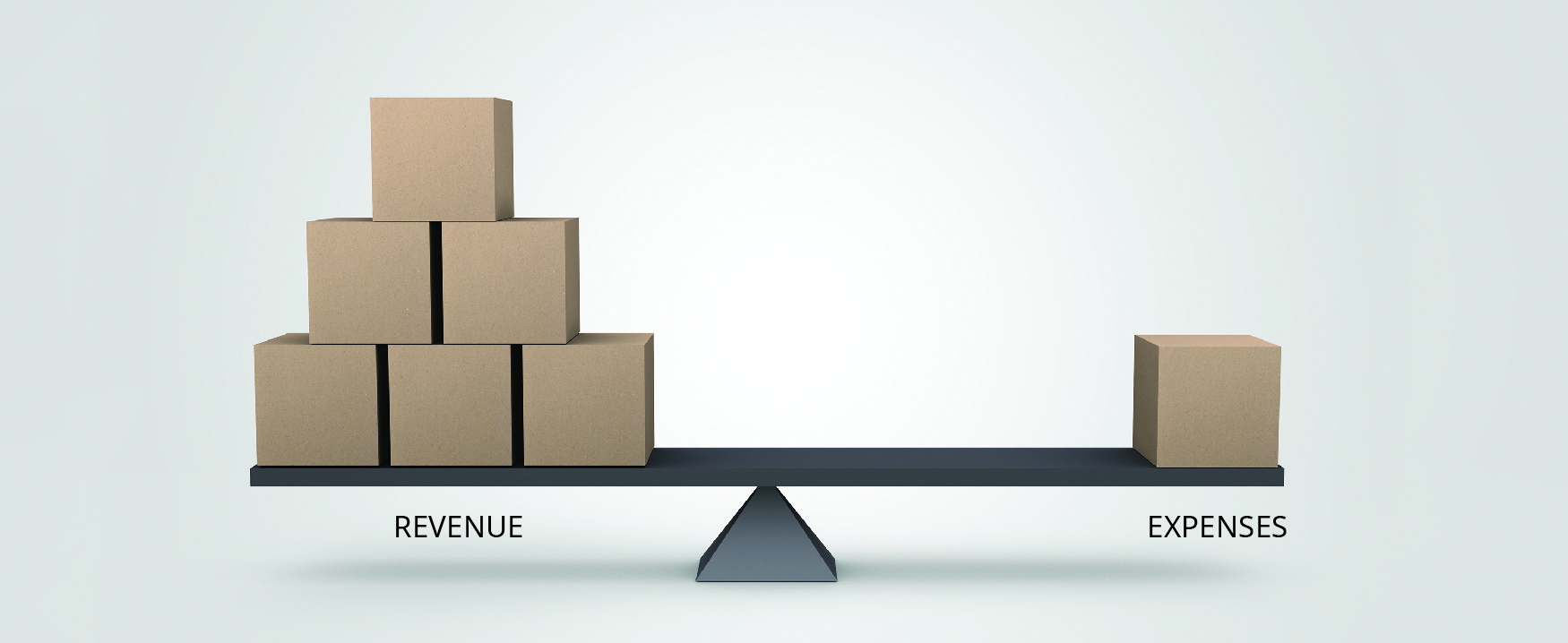Why does understanding costs matter?
Mitchell Franklin; Patty Graybeal; Dixon Cooper; and Amanda White

As president of the Business Students Club, you are working on a fundraiser selling T-shirts on campus, with the funds going towards OzHarvest – a charity providing meals to the less fortunate. You have gotten quotes from several suppliers ranging from $8 to $10 per shirt and now have to select a vendor. The prices vary based on whether the T-shirts have pockets, have long sleeves or short sleeves, and are printed on one side or both. You are confident that you can sell them for $15 each. However, the university will charge a fee of $100 to have a stall on-campus, and your T-shirt sales must cover this cost and any net profit will be donated to charity.
In addition, several of the vendors will give volume discounts—the more shirts you purchase, the less each shirt costs. In short, you need to know exactly which style of T-shirt, vendor, and quantity will allow you to reach your desired net profit and cover your fixed expense of $100. You decide on a short-sleeve shirt with a pocket that costs $10 each and that you can sell for $15.
This $5 per shirt “gross profit” will first go toward covering the $100 student sale fee. That means you will have to sell 20 shirts to pay the fee ($100/$5 = 20 shirts). After selling the first 20 shirts, the $5 profit will be available to start contributing towards your OzHarvest donation. Your goal is to donate $750 which will provide 1500 meals to those in need. This means the t-shirt stall will need to generate an additional $750 on top of the first 20 shirts.
At $5 per shirt you will need to sell 150 shirts to reach your donation target ($750/$5). How many shirts will the club need to sell overall? You will need to sell a total of 170 shirts: 20 to cover your fixed cost of $100 and an additional 150 to cover the donation target ($750).
What you have just completed is a cost-volume-profit analysis. In this chapter, we will explore how managers can use this type of analysis to make a wide range of decisions about their business operations.
